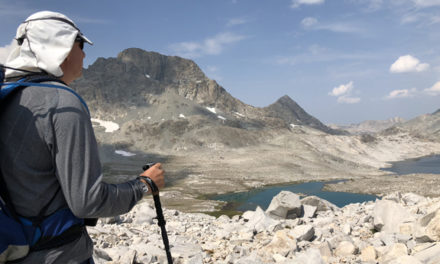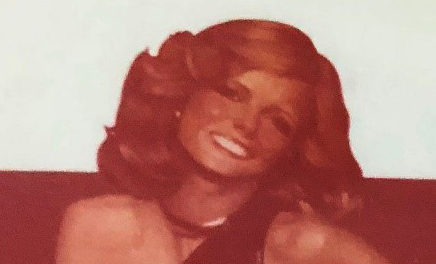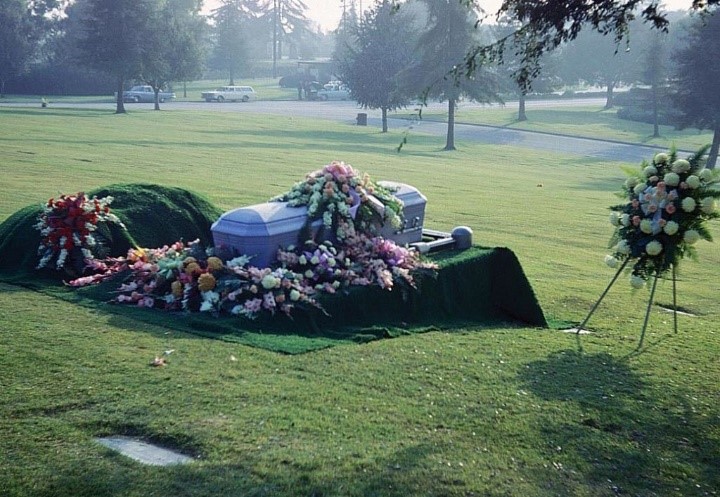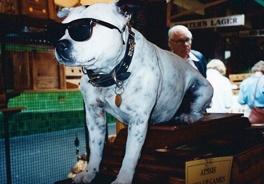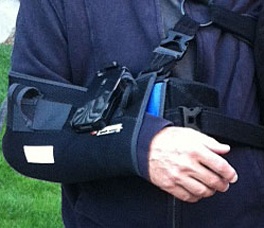It was once calculated that one person dies every 15 minutes in an alcohol-related crash in the United States. That 1990s statistic has become a little controversial as new evidence suggests that the death rate is closer to one every 45 minutes. Perhaps times are changing for the better. But we still need to improve.
My teen time was way back in the 1970s, when my El Dorado County home had a notoriously-high single-car fatality rate within the State of California. Back then, too many kids (and some adults) prided themselves on the ability to make it home on winding country roads after “a little too much” of everything. Stupid. We lost many. All we had for perspectives were close calls, Red Asphalt and vacant desks.
But even in those ancient days, some kids were using their heads. More than once, concerned friends took my car keys away and drove me all the way home to safety. They were thinking. In each of my two or three cases, they had found me behind the wheel, contemplating a long drive back from a party, unfit, car running. I count my blessings.
In any case, imagine an entire high school student body witnessing a DUI incident: from the “YOLO” teen party, to the flesh-on-metal mayhem, then to the emergency responders, Jaws of Life, life-flight helicopter, DUI arrest, coroner, and finally the eulogies. An “Every 15 Minutes” simulation out at our daughter’s high school this week. All the props and emotions were real; the actual deaths and injuries were not. (If you are not familiar with this program, see https://en.wikipedia.org/wiki/Every_15_Minutes.)
I attended, as I did three years ago when my oldest was a high school freshman. But I didn’t really want to. I could still remember that last one: an emotional broadside.
The simulation pulled everyone into a feigned reality. How could that be impactful, you might wonder—it’s a staged show? Maybe it was the effect of seeing the smashed cars and the fake blood, or hearing the plaintive wailing of one of the victims, or the siren-equipped emergency vehicles racing in from all directions. Certainly it was the yellow sheet that got placed over one of the lifeless participants, and the thumping helicopter, and then the zipping-up of the body bags. Two parents were brought out in a squad car to ID their dead child. As it does when we hear the desperate scream of a baby in distress, the human nervous system simply recoils in shock from certain sensations; and there’s not much you can do to stop it. So it was.
Directly in front of the gory spectacle, the student body stared down from the bleachers—transfixed.
Curious parents sat in the opposite bleachers—watching from afar—wiping at their eyes, knowing this was all a show.

My good friends Jeff and Jacqui Brown spent a good part of this last weekend writing a good-bye obituary for their daughter, a participating junior. They didn’t have any idea how hard that would be. Their son—none the wiser—observed his bloody sister taken from the scene by real medivacs. I applaud the police, fire, medical, ambulance, life flight and administrative personnel who made this event so poignant for everyone (student planners, participants and choreographers too, of course).
As I watched with a knot in my stomach, I remembered the kids from my own High School who were killed or injured from driving mishaps—from DUIs, or just irresponsible drivers. I wondered, if we’d had a program like this, whether a few might still be with us.
I didn’t see the portraits put up at the school as memorials for the departed ones. Nor did I attend the eulogies given the next day by the parents and friends at the school auditorium. Apparently parents of two kids who had actually died in this manner, spoke; sharing their sad realities. Those not so directly impacted counted their own blessings—and cried.
Speaking of blessings, Every 15 Minutes is all about that: BLESSINGS—our kids. Yet it doesn’t just apply to kids. It applies to everyone. All of us. It concerns the blessing of life and the weight of its loss. In fact, it’s one big lesson in thinking—that we should do a bit of that before we act; and before we drive.
If this program (and it’s been going on for years) comes your way, I urge you to check it out. It’s much more than what you might expect; especially in-person. It will tear at your heart and open your eyes a little wider.
Steve





